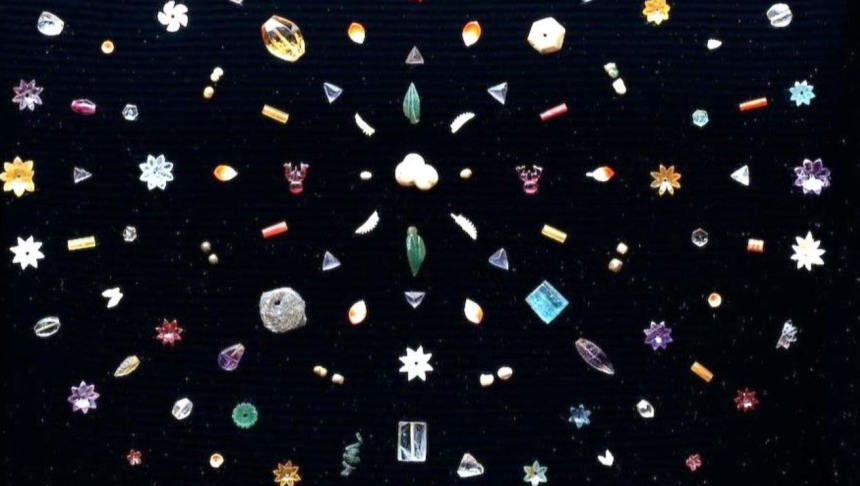A forthcoming Sotheby’s auction in Hong Kong has ignited international controversy over the planned sale of ancient Indian gemstones believed to have been interred with the cremated remains of the Buddha. Known as the Piprahwa gems, these artifacts are expected to fetch up to HK$100 million (approximately £9.7 million) when they go under the hammer next week.
Unearthed from a Sacred Site
The gems were discovered in 1898 by British engineer William Claxton Peppé during an excavation of a stupa in Piprahwa, located in present-day Uttar Pradesh, India. The stupa, a dome-shaped funerary monument, contained a reliquary with an inscription indicating it held the remains of the Buddha himself. The find included bone fragments, ashes, and a collection of precious stones such as amethysts, garnets, pearls, and gold ornaments.
Following the discovery, the British colonial administration claimed the artifacts under the 1878 Indian Treasure Trove Act. The bone and ash remains were gifted to King Chulalongkorn of Siam (modern-day Thailand), while the majority of the gems were sent to the Indian Museum in Kolkata. Peppé retained a portion of the gems, which have since remained in his family’s possession.
Ethical Concerns and Spiritual Significance
The planned auction has drawn sharp criticism from Buddhist leaders, scholars, and cultural heritage advocates worldwide. Many argue that the gems, having been interred with the Buddha’s remains, are sacred relics imbued with spiritual significance and should not be commodified. Venerable Dr. Yon Seng Yeath, abbot of Wat Unnalom in Cambodia, stated that the sale “disrespects a global spiritual tradition and ignores the growing consensus that sacred heritage should belong to the communities that value it most.”
Professor Ashley Thompson of SOAS University of London emphasized that for many Buddhists, these gem relics are not merely inanimate objects but are considered to embody the presence of the Buddha. She noted that the separation and sale of these relics perpetuate the colonial-era desecration of sacred sites.
Descendants’ Perspective and Legal Standing
The current owners of the gems, descendants of William Claxton Peppé, defend the auction as a transparent and legal means of transferring the artifacts. Chris Peppé, a great-grandson of the original excavator, stated that over the past decade, the family had considered donating the gems to temples or museums but faced logistical challenges. He asserted that the gems are not corporeal remains and that the auction provides a fair opportunity for interested parties to acquire them.
Sotheby’s has affirmed that it conducted thorough due diligence regarding the authenticity, provenance, and legality of the items in accordance with industry standards.
Broader Implications for Cultural Heritage
The controversy surrounding the Piprahwa gems highlights ongoing debates about the ownership and repatriation of cultural and religious artifacts, especially those acquired during colonial periods. Critics argue that the sale of such items not only disrespects the beliefs of religious communities but also undermines efforts to rectify historical injustices related to cultural heritage.
As the auction approaches, the global Buddhist community and cultural heritage advocates continue to call for the preservation and respectful handling of sacred relics, emphasizing the need for ethical considerations to guide the stewardship of such significant artifacts.










